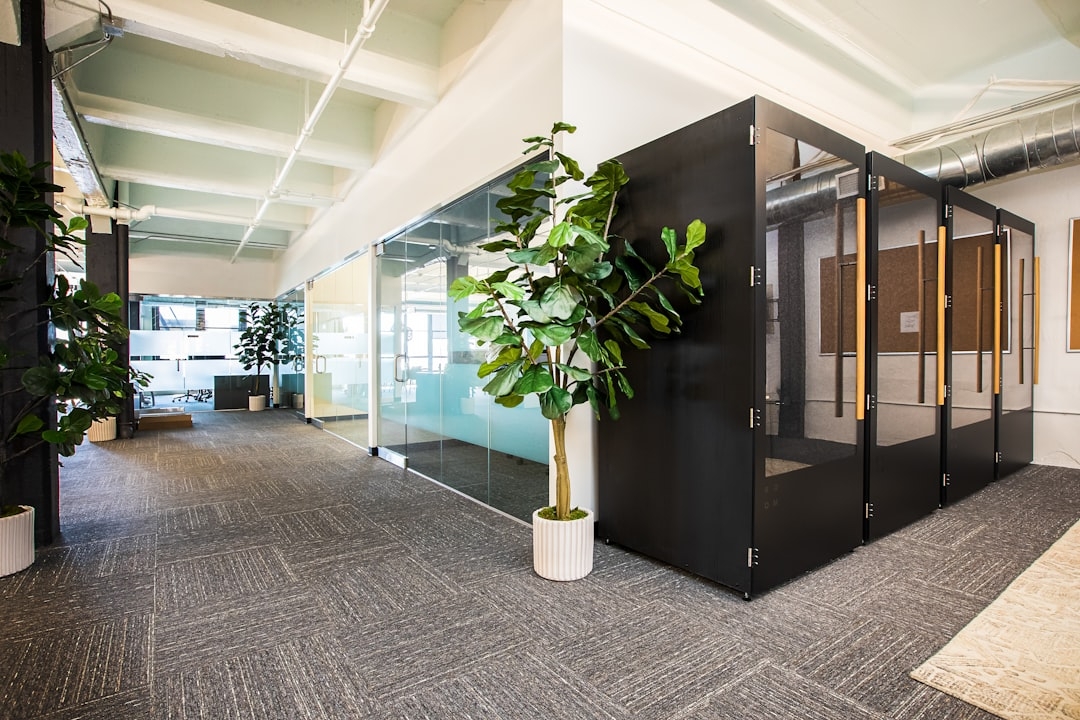

Creating a safe and stimulating environment for children in a child care setting is of utmost importance. This environment plays a crucial role in the overall development and well-being of children.
Safety is the primary concern when it comes to child care fitout. It is essential to ensure that the space is free from any hazards or potential dangers that could harm the children. From soft flooring to secure furniture, every aspect of the environment should be carefully designed to minimize risks and promote safety.
In addition to safety, creating a stimulating environment is equally important. Children thrive in environments that are rich in opportunities for learning and exploration. By incorporating age-appropriate toys, books, and activities, we can encourage children to engage their minds and bodies in meaningful ways.
A stimulating environment also includes opportunities for social interaction and play. Children learn valuable skills through interactions with their peers, such as communication, cooperation, and problem-solving. Providing spaces for group activities and imaginative play can foster these important social skills.
Overall, creating a safe and stimulating environment for children in a child care setting is crucial for their growth and development. By prioritizing safety and incorporating elements that inspire curiosity and creativity, we can help children thrive and reach their full potential.
One of the latest trends in child care fitouts is the incorporation of natural elements. Many child care centers are opting to include more natural materials such as wood, plants, and soft fabrics in their design. This helps create a calming and nurturing environment for children to learn and play in.
Another trend in child care fitouts is the use of flexible spaces. Child care centers are recognizing the importance of creating versatile areas that can be easily transformed to suit different activities throughout the day. This includes movable furniture, partition walls, and multi-purpose rooms that can adapt to various needs.
Innovative technology is also becoming a key trend in child care fitouts. Many centers are incorporating interactive learning tools, touch screen displays, and smart devices to enhance educational experiences for children. This not only keeps kids engaged but also helps them develop important skills in a digital age.
Lastly, sustainability is a growing trend in child care fitouts. Centers are increasingly focusing on using eco-friendly materials, energy-efficient lighting, and recycling programs to reduce their environmental impact. By promoting sustainable practices, these centers are teaching children valuable lessons about caring for the planet from a young age.
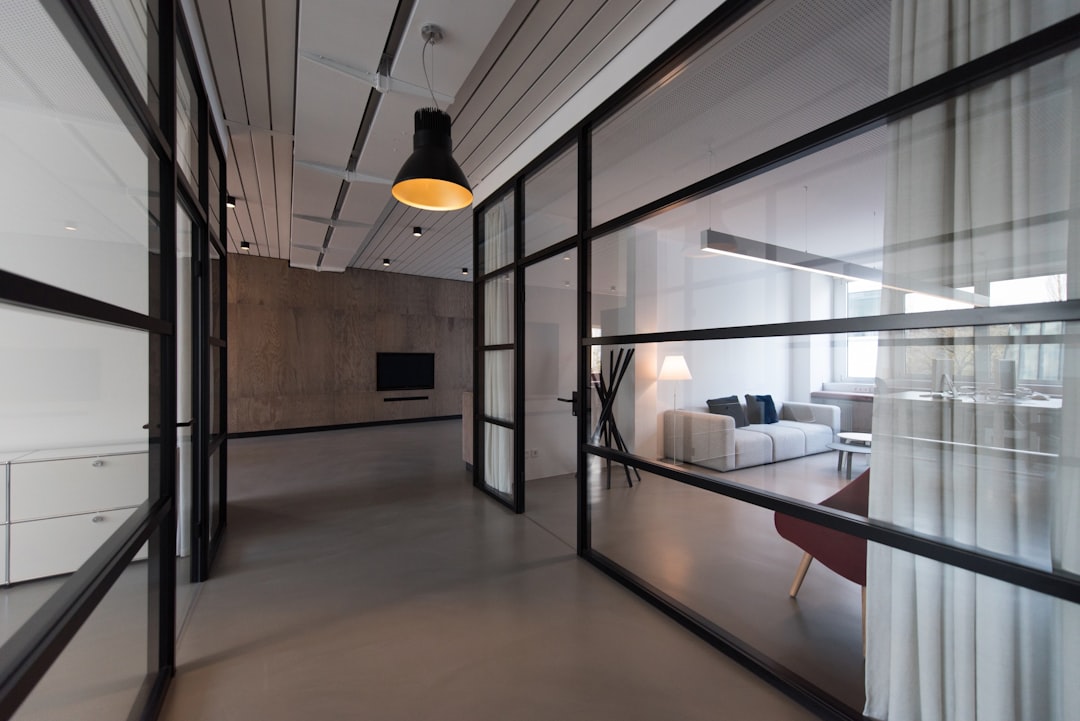
Are you tired of walking into the same old commercial office day after day?. Do you feel like your workspace is lacking personality and style?
Posted by on 2024-10-16
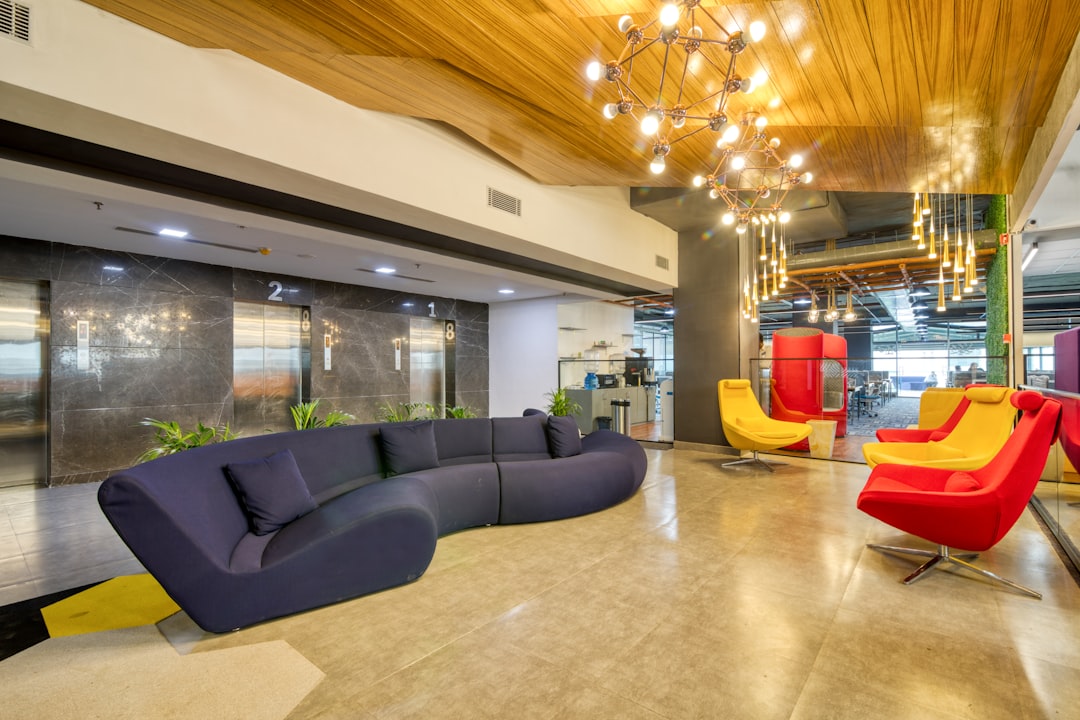
When planning a commercial office fitout, there are several important factors that need to be carefully considered in order to create a functional and aesthetically pleasing workspace. One of the first things that should be taken into account is the layout of the office space.. It is essential to think about how different areas within the office will be used and how they can best be arranged to optimize productivity and efficiency.
Posted by on 2024-10-16
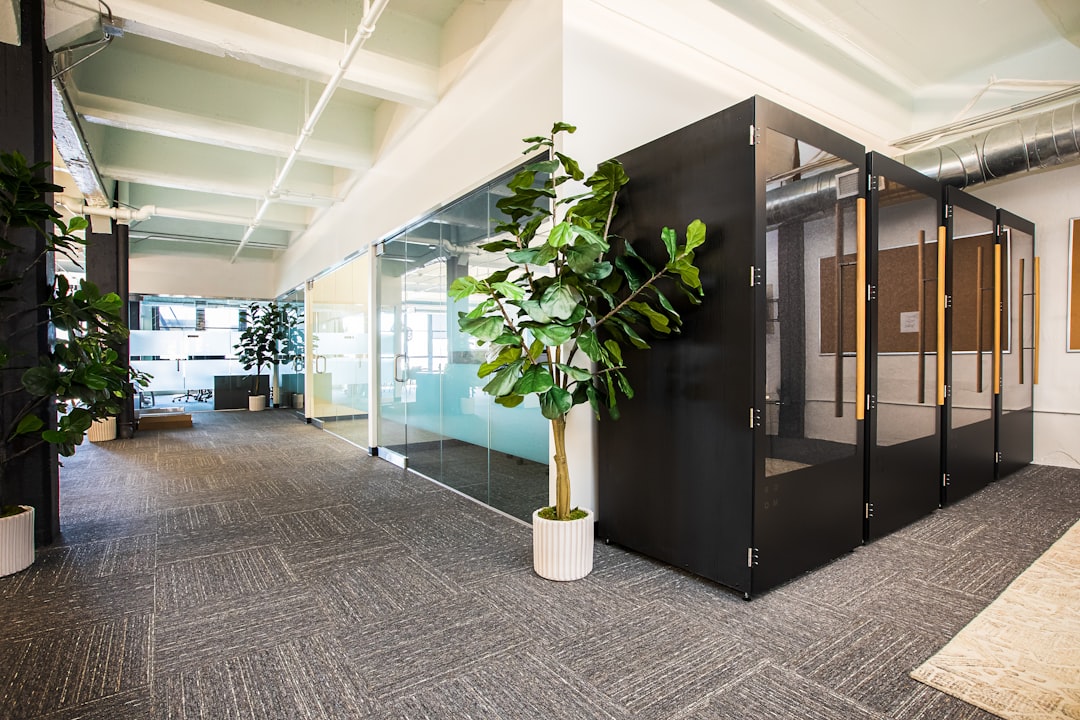
Commercial office fitouts are a crucial aspect of creating a functional and aesthetically pleasing workspace.. The primary purpose of commercial office fitouts is to optimize the use of space within an office environment, ensuring that every inch is utilized effectively to meet the needs of employees and clients. By carefully planning and designing the layout of an office space, commercial office fitouts can improve productivity and efficiency among employees.
Posted by on 2024-10-16
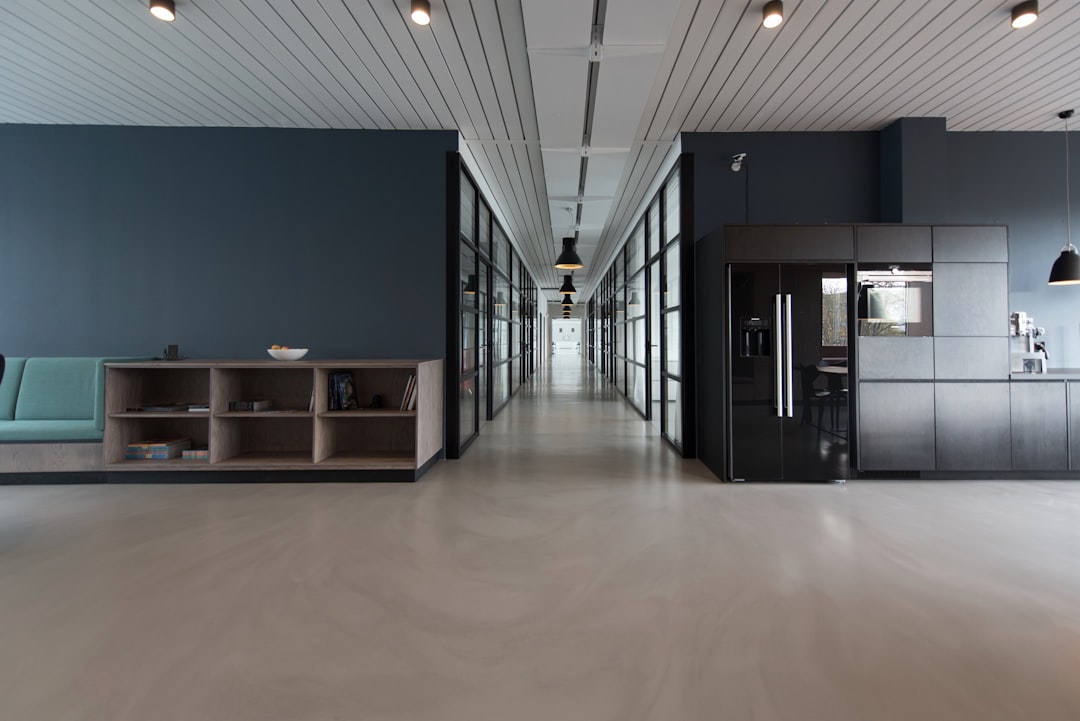
Creating a productive workspace is essential for any professional looking to maximize their efficiency and creativity.. One way to achieve this is through professional office fitouts, which can help optimize your workspace and promote a more conducive environment for work. When it comes to designing your office space, there are many factors to consider.
Posted by on 2024-10-16
Designing a child care fitout involves more than just creating a functional space. It should also be engaging, stimulating, and safe for children to thrive in. Here are some creative ideas to enhance a child care fitout:
Creating Interactive Learning Zones Consider designing different zones within the child care facility that cater to various learning activities. For example, you could have a sensory play area with different textures and materials, a reading nook with cozy seating and a variety of books, and an art corner where children can unleash their creativity through painting and crafting.
Incorporating Nature-Inspired Elements Bringing elements of nature into the child care fitout can have a calming effect on both children and staff. Consider incorporating elements such as indoor plants, natural light sources, or even nature-themed artwork on the walls. A small indoor garden or a nature-inspired sensory wall can also provide opportunities for hands-on learning experiences.
Using Bright Colors and Fun Patterns Children are naturally drawn to bright colors and fun patterns, so incorporating these into the design of the child care fitout can help create an inviting atmosphere. Consider using colorful furniture, rugs, curtains, and wall decals to add pops of color throughout the space. You could also use fun patterns like stripes or polka dots to create visual interest.
Implementing Child-Friendly Technology While it's important for children to engage in hands-on activities and interact with their peers, integrating technology into the child care fitout can also be beneficial. Consider setting up interactive whiteboards for educational games or installing age-appropriate tablets loaded with educational apps. Just be sure to balance screen time with plenty of physical play and social interaction opportunities for the children.

Yes, the child care fitout must comply with licensing requirements, health and safety standards, and building codes set forth by regulatory authorities.